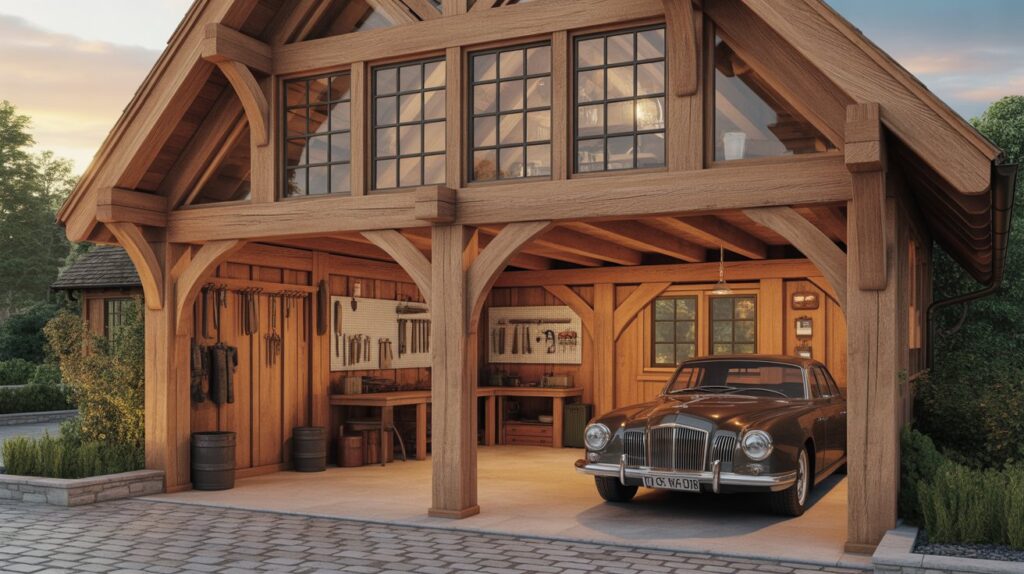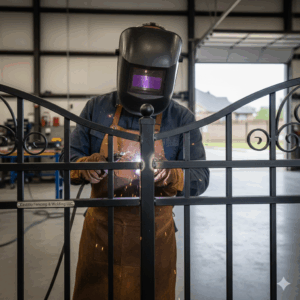Installing a home lift is one of the smartest upgrades you can make to your home — especially in a modern, multi-storey setting. Whether you’re future-proofing your property or improving accessibility for elderly family members, home elevators in Kenya are quickly becoming more common, practical, and affordable.
But before you make the investment, you need to know what to avoid.
Many homeowners rush into buying a lift without proper research and end up spending more than necessary — or worse, getting a lift that doesn’t fit their home or needs.
To help you make the right decision, here are the top 5 mistakes to avoid when buying a home lift in Kenya:
❌ 1. Not Checking the Space Requirements First
Mistake: Assuming a lift can be installed anywhere.
Many people overlook the physical space needed for a lift — especially if it’s a retrofit. While compact models like pneumatic lifts (e.g., Nibav Home Lifts Kenya) don’t need a shaft, pit, or machine room, other models do require civil work.
✅ What to do instead:
Before making a purchase, have a professional assess your home. Make sure:
-
Floor-to-floor heights are measured
-
Access points are clearly mapped
-
There is space to accommodate the model you want
❌ 2. Choosing the Wrong Type of Lift for Your Needs
Mistake: Selecting a lift based only on price or looks.
There are different types of home elevators in Kenya, including:
-
Pneumatic/vacuum lifts – Great for small homes, quick installation
-
Hydraulic lifts – Smooth operation, more load-bearing
-
Traction lifts – Suitable for larger, multi-floor homes
✅ What to do instead:
Evaluate your requirements:
-
Number of floors
-
Users (elderly, children, wheelchair use)
-
Design preferences
-
Power consumption
Choose a lift that matches your lifestyle and home layout.
❌ 3. Ignoring After-Sales Service and Warranty
Mistake: Not checking who will service your lift after installation.
A home lift isn’t a one-time product — it requires maintenance. Many people buy lifts from international dealers or resellers without local support. This leads to long service delays, high costs, and frustration.
✅ What to do instead:
Buy from a brand with local support in Kenya and clear warranty policies. Ask:
-
Do you offer Annual Maintenance Contracts (AMCs)?
-
How long is your warranty?
-
What is your average service response time?
Brands like Nibav Home Lifts Kenya offer in-country support, reducing downtime and increasing reliability.
❌ 4. Not Considering Power Consumption & Backup Systems
Mistake: Buying a lift without understanding how it operates during power outages.
Kenya still experiences occasional power cuts. If your lift has no battery backup or requires high power, you may face serious inconvenience.
✅ What to do instead:
Ask for:
-
Power ratings (in kWh)
-
Backup options (UPS, manual rescue systems)
-
Eco-friendly models (pneumatic lifts consume power only when going up)
Choose a lift that’s both energy-efficient and reliable in outages.
❌ 5. Focusing Only on Price, Not on Value
Mistake: Going for the cheapest option without considering quality.
Yes, budget is important — but a poor-quality lift can cost you more in the long run. Some low-cost models have:
-
No safety certifications
-
Cheap materials
-
No spare parts locally available
✅ What to do instead:
Look at value, not just price. A reliable lift will offer:
-
Safety compliance (EN81, ISO certifications)
-
Premium materials like aircraft-grade aluminum
-
Quiet operation and smooth ride
-
Long-term durability
✅ Final Thoughts: Smart Buyers Think Ahead
Buying a home lift in Kenya is an investment — not just in property value, but in comfort, convenience, and safety.
Avoiding these five common mistakes can save you time, money, and stress. Whether you’re building a new home or upgrading an existing one, choose the right lift, plan properly, and work with trusted professionals.








